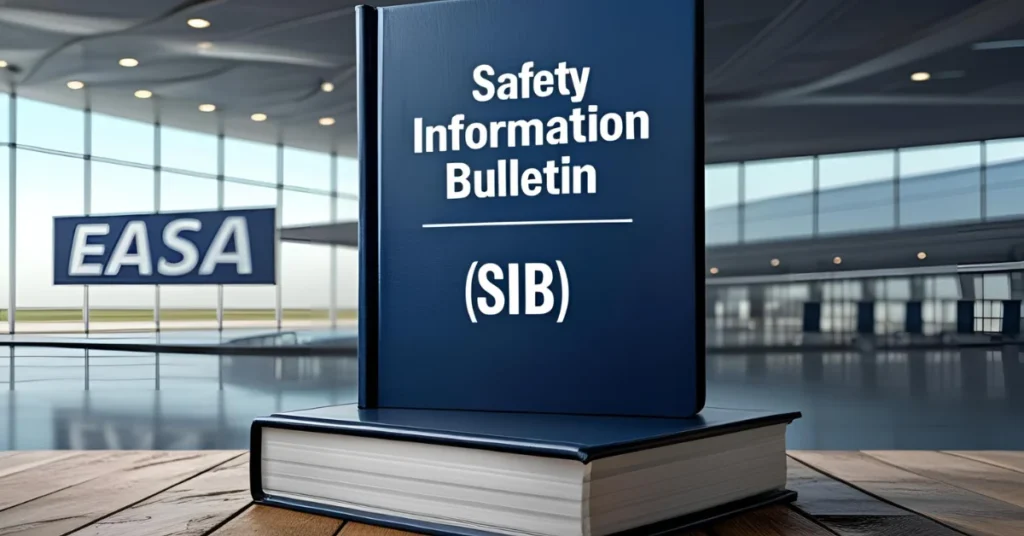The impact of EASA lithium battery safety guidance: The European Union Aviation Safety Agency (EASA) has issued an important safety alert regarding potential fire hazards for aircraft.
This is associated with electronic devices carried by passengers, such as phones, laptops, and power banks, at cruising altitudes of 35,000 feet.
In a Safety Information Bulletin released on May 28, 2025, EASA emphasizes the urgency for airlines, airports, and passengers to take swift action to mitigate these risks.
The agency highlights that even one overheated battery could lead to a catastrophic situation.
Why EASA Lithium Battery Safety Measure Matters
In recent months, there has been a noticeable increase in safety incidents involving lithium batteries in carry-on baggage. This includes instances of overheating, smoke, and even fires within aircraft cabins.
In response to these alarming events, the European Union Aviation Safety Agency (EASA) has issued updated guidance to help prevent such disasters from occurring in the future.
What EASA Wants Airlines to Do With This Guidance
| Audience | Action Required |
| Airlines & airports | Enhance awareness and communication regarding lithium battery regulations. It is crucial to train staff on the potential risks associated with these batteries. |
| Cabin crew | Be prepared to effectively contain and respond to any incidents involving battery fires that may occur during flight. |
| Passengers | Always carry batteries in the cabin—never put them in checked luggage. To minimize risk, tape the terminals, avoid charging devices mid-flight, and keep batteries at a low charge level. |

“Four to five devices per passenger,” as Jesper Rasmussen, EASA’s Flight Standards Director, highlights:
“Smart phones and computers powered by lithium batteries are now an inherent part of our daily lives, and we know that each passenger now takes four to five such items with them on a flight…so they can be monitored and dealt with if something happens.”
Batteries That Fire Fast
Lithium batteries are commonly used in devices such as e-cigarettes, power banks, scooters, and drones. However, they pose certain risks, including the potential to short-circuit, rupture, or overheat.
These issues can lead to thermal runaway, resulting in fires and the release of toxic smoke. When these batteries are placed in checked baggage, managing emergencies becomes significantly more challenging.
What’s Changed—and Who’s Next
- What’s new? A new consolidated Safety Information Bulletin (SIB) has been issued, which supersedes older versions. This updated bulletin emphasizes key priorities, including enhanced communication, improved protective packaging, and increased crew readiness.
- Why now? There has been a notable rise in incidents globally, particularly highlighted in the FAA’s Hazmat Highlights report. This report highlights the growing frequency of lithium battery smoke events, making it imperative to address these safety concerns.
- What’s next? The European Union Aviation Safety Agency (EASA) is set to engage with airlines and ground operators in the coming months. This will include conducting audits, introducing new training modules, and enforcing stricter compliance measures to ensure safety within the industry.

Real‑World Impact of Lithium Battery Rules for Airlines
- For Airlines: It is essential to update passenger check guidance, enhance crew training programs, and ensure compliance monitoring at airport checkpoints.
- For Airports: There is a need for updated signage, the installation of packaging stations for spare batteries, and new briefings for staff to ensure smooth operations.
- For Travelers: It is important to reconsider packing habits—specifically regarding how to carry, tape, and manage device charges—as the rules have become stricter. Non-compliance may result in denied boarding or confiscation of items.
EASA Lithium Battery Safety & Other Guidance: Pattern & Momentum
This initiative represents a serious effort in enhancing aviation safety measures.
Earlier this year, the industry took various steps by introducing advanced drone-collision avoidance tools designed to mitigate the risks associated with airborne interactions.
Building on that progress, the focus has now shifted toward improving vigilance concerning lithium battery safety, given their increasingly prominent role in aviation.
The underlying message of these initiatives is unambiguous: effective risk management is not merely an afterthought or a reactionary measure.
Instead, it must be approached proactively, with rigorous strategies in place to identify, assess, and mitigate potential hazards before they escalate into serious incidents.
By adopting this proactive mindset, the aviation sector can work towards safeguarding both passengers and crew in an ever-evolving airspace environment.
Source: EASA Publishes New Recommendations Managing Risks Lithium Batteries

